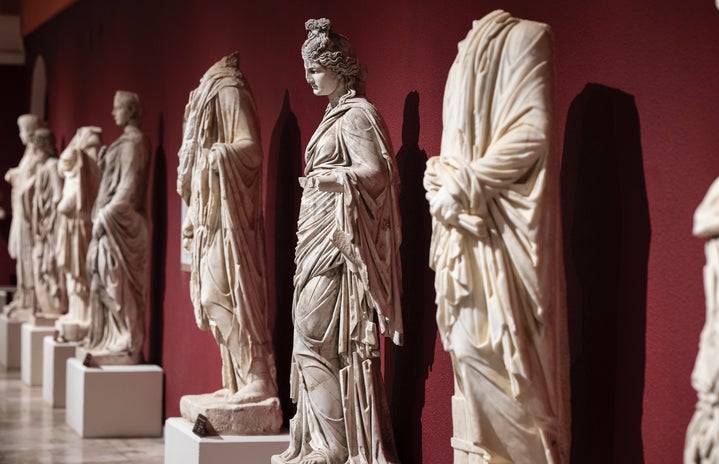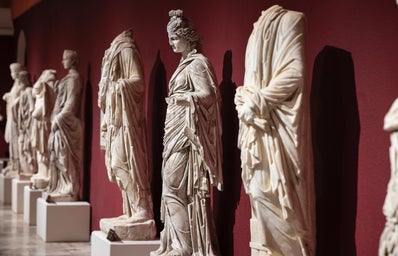I’ve loved art museums my entire life, getting to see pieces from all over the world made at so many different times throughout history. However last year, I was made aware of a problem that is in so many museums around the world. This is when I learned about the conversation surrounding the repatriation of cultural heritage artifacts.
There are a few terms to understand for the next few minutes that I didn’t understand when I first learned about this. The first one is “cultural heritage artifacts,” which means any object created by humans which gives information about the people who created them. Some examples of cultural heritage artifacts you may have heard of include the Rosetta Stone, The Terracotta Army and The Mask of King Tut. Repatriation is a term that means returning an object to its country of origin.
In the past few years, people have begun petitioning museums to return some objects to their country of origin. Sometimes this can actually work, and pieces do get moved from a museum abroad to the country that they came from.
In 2019 the sarcophagus of Nedjemakh, which was an ancient Egyptian coffin featured in the Metropolitan Museum of Art in New York, was discovered to have been stolen from a dig site in Egypt in 2011. According to CNN, “The Egyptian minister of foreign affairs signed an official repatriation protocol at the repatriation ceremony. The coffin will now go on public display in Egypt.”
It’s important to think about the emotional impact that this has on the communities where these objects were taken from. It’s painful for these communities to have this important piece of their culture placed in a bare room on display in another country.
An example of an object that is being asked to be repatriated right now is the Easter Island Head in the British museum. You may have seen one of these before as they are scattered in museums around the globe after being taken in the 1800s. According to the Guardian, the Governor of Easter Island said after a meeting with British Museum officials begging for the statue back, “We are just a body. You, the British people, have our soul.”
The conversation about the repatriation of cultural heritage artifacts is being had a lot more today, and I believe that our generation is going to be the ones righting these wrongs. I would highly recommend anyone interested in hearing more about this topic watch the recent piece done by John Oliver on Last Week Tonight. You may be wondering what you can do to help. As far as I’m aware, none of my friends nor I are on the board of any museums (if you know one, send this to them)! The biggest thing we can all do to help is sign petitions. There are many petitions you can find online encouraging specific museums to return some of the cultural artifacts they have in their collections. I encourage you to take a second to search for some right now.
Want to see more HCFSU? Be sure to like us on Facebook and follow us on Instagram, Twitter, TikTok, YouTube and Pinterest!


